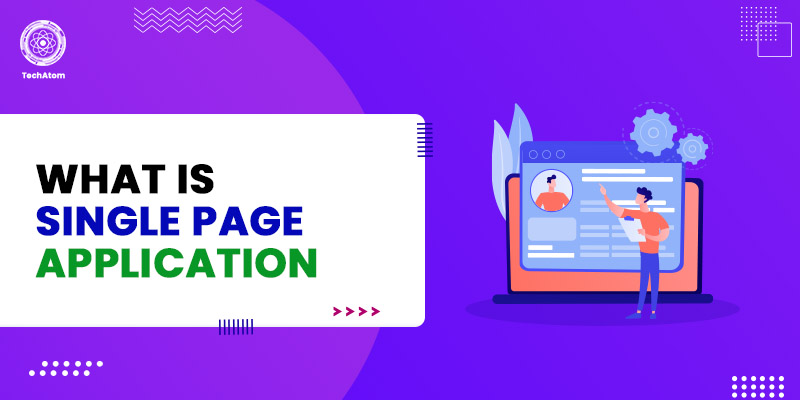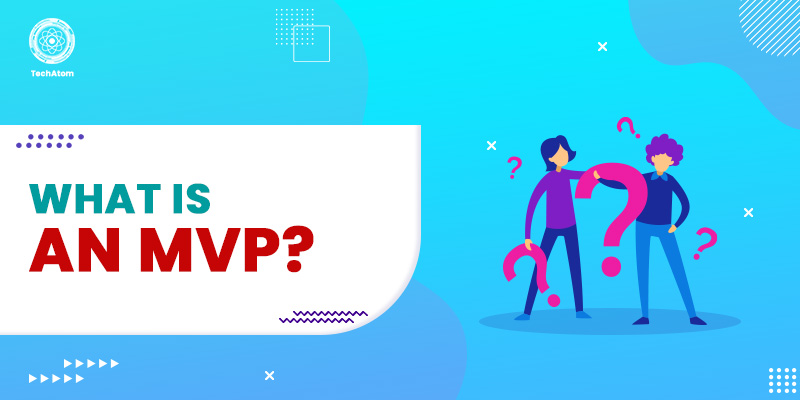Single-page applications, or SPAs, are mostly used for high-speed web page creation for mobile users. With the single-page application, you can create a better user experience since most users only browse the internet from their smartphone devices. But what is this single-page application, and how does it operate?
In this blog post, we will discuss SPA, some examples, and advantages and disadvantages.
What is a Single Page Application?
A single-page application contains a large amount of information on a single page that remains intact and does not need to be updated on a regular basis. Consider your email client. When you open your Gmail inbox, you'll notice that not everything, or very little, has changed since your last visit. If you don't open your inbox, it will remain unchanged until you click on it and read your unread emails.
The same is true for single-page applications, which send what you need with a single click, and your browser only delivers that information.
However, when comparing single-page applications to traditional page loads, you will notice that the latter reloads the entire page with each click and then delivers that information to your browser, where you can access the data. However, single-page applications speed up data transmission and page loading because they only deliver one set of data at a time. As a result, SPAs are less expensive, take less time, and are more practical.
How do single-page applications work?
Single Page Applications look like web applications or web pages that communicate with the users by rewriting the current page without reloading every website page from the server. It saves time while delivering the current information to the users and acts like a desktop app that does not repeat the same content as a website. On the inside of a single-page application are headers and footers; a navigation bar; logos; filters; banners; layouts; templates; and more. No matter where the user is clicking, these sections stay the same.
If you talk about traditional multi-page websites, you will see that they reload the entire web page for you. But the SPA will only show you the data and content that you are most likely to access. Here you will also be able to click on "next" and SPA will show you the new content written on the next page. But every time you request content from the SPA, it will refresh the page and show you the most recent and updated information. That is the biggest advantage of SPA because it reloads the website or web page faster and saves a lot of time.
How does SPA benefit you?
Apart from maintaining the performance and consistency of your web development, it also reduces the time and cost of the infrastructure. Here are the main benefits that single-page applications provide us with when we are creating desktop or mobile applications suited for smartphone users.
1. HTML, CSS, JS Files Loads Quicker
In a single-page application, when you or the user loads a page, it won’t send any more HTML to the users after the page is downloaded in the initial stage. The server will deliver a shell page to the users, and the browser will load the interface. And when the user clicks on the other sections of the page, the SPA will request information, and the server will arrange the needed content. Your browser will accept the content, and it will renew the user interface. The whole process makes it easier for your browser to reload the page quickly.
2. No Additional Requests to Queries to the Server
Since the server is not obligated to spend more time and effort reloading the whole page, it impacts the overall timing and performance of the servers. This indicates you don't have to spend a lot of money to serve a lot of traffic because it withdraws the load from your server, and it is happy to provide the users with the required information in very little time.
3. Simple and Straightforward
When developers use a single-page application, they can reuse the codes and decouple them from the front-end user interface. This means both the front-end and the back-end teams don't have to worry about creating separate codes for the single-page application.
4. Better User Experience
Single-page applications have a microservice architecture that reloads when the user requests a particular piece of content. And since it focuses on one thing at a time, it becomes easier to focus on other aspects of the user interface, such as how the subscription button is displayed and serves the users. The SPA makes it easier for developers to experiment with other services to create a better user experience. The SPA can also work with different programming languages and frameworks and can easily sync with backend services.
5. Works as Progressive Web Applications
After developing the SPA, the developers can distribute it as a progressive web application (PWA). This creates a responsive mobile app experience but with a decreased footprint. Moreover, testing and detecting bugs on a single page has become easier using developer tools sponsored by Google on the Chrome browser.
Due to the many advantages of the single page application (SPA), Facebook, Netflix, Gmail, and many popular platforms use the SPA approach. But there are some disadvantages to using SPA too, which include difficulties in SEO, being prone to cyberattacks, and having browser history not being stored. But you can easily resolve these issues using the History API and Javascript files that can be indexed by Google and executed through the crawler when the webpage applies the HTML mode.
Wrapping Up
As you might have deduced from the above article, SPA is good for creating mobile-friendly and fast-loading webpages, and with that, you can create a good SEO score. To improve the security of your website, you have to rely on the other security features of multi-page applications and progressive web applications. Also, keep in mind that popular platforms like Google Maps, Paypal, Pinterest, and Gmail always use the single-page application approach. And since they are doing well in their business, if you follow the same method with added security plans, you can also succeed in your website development project.
People are also reading:




